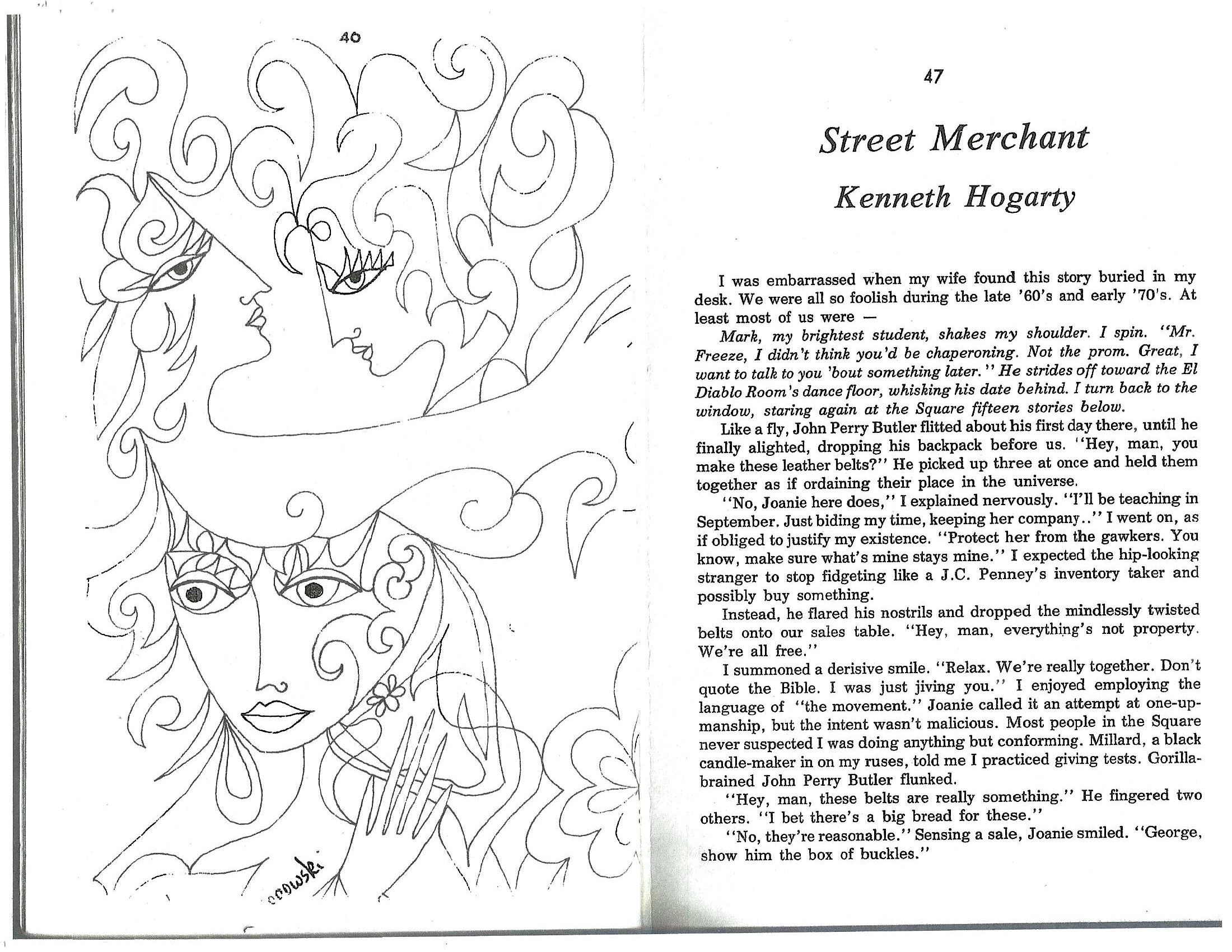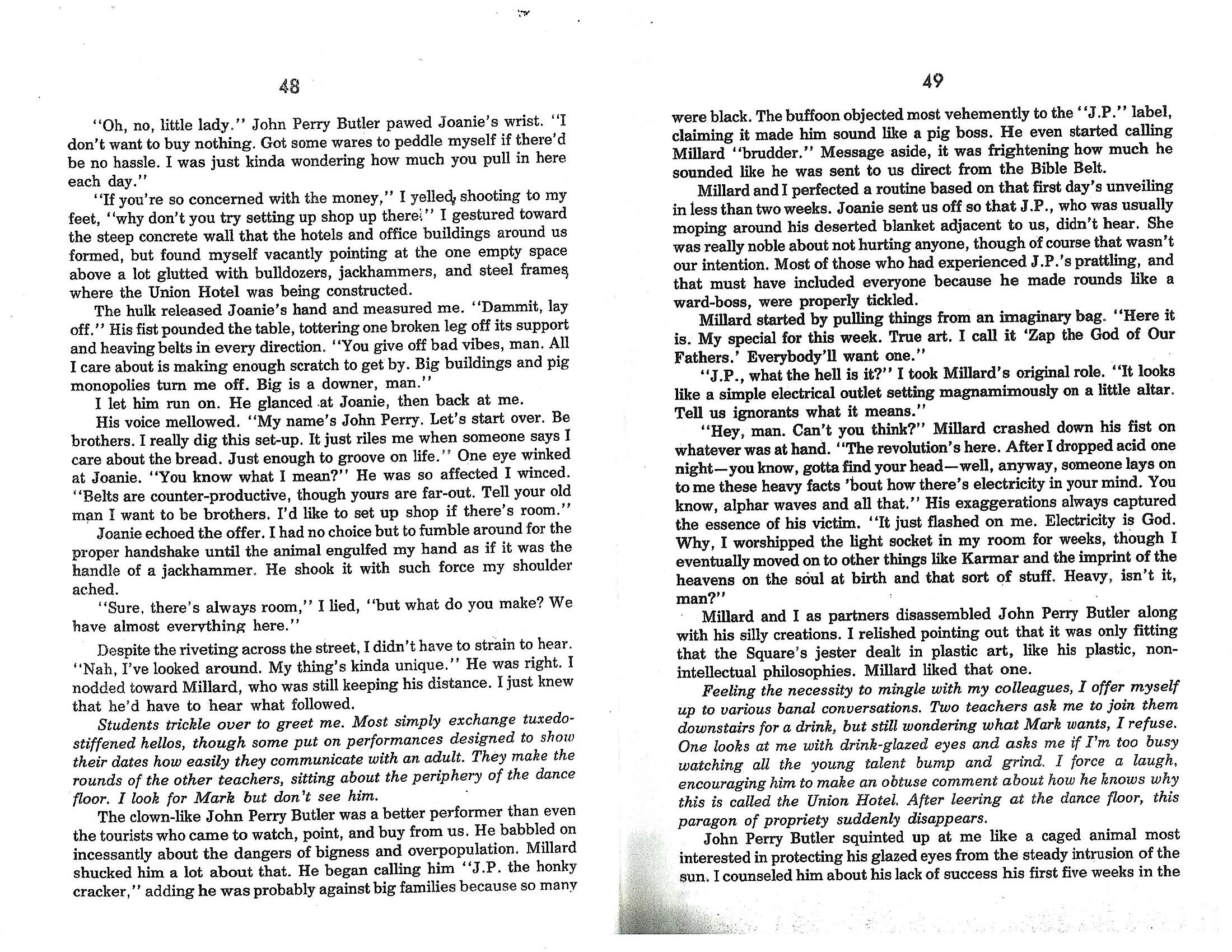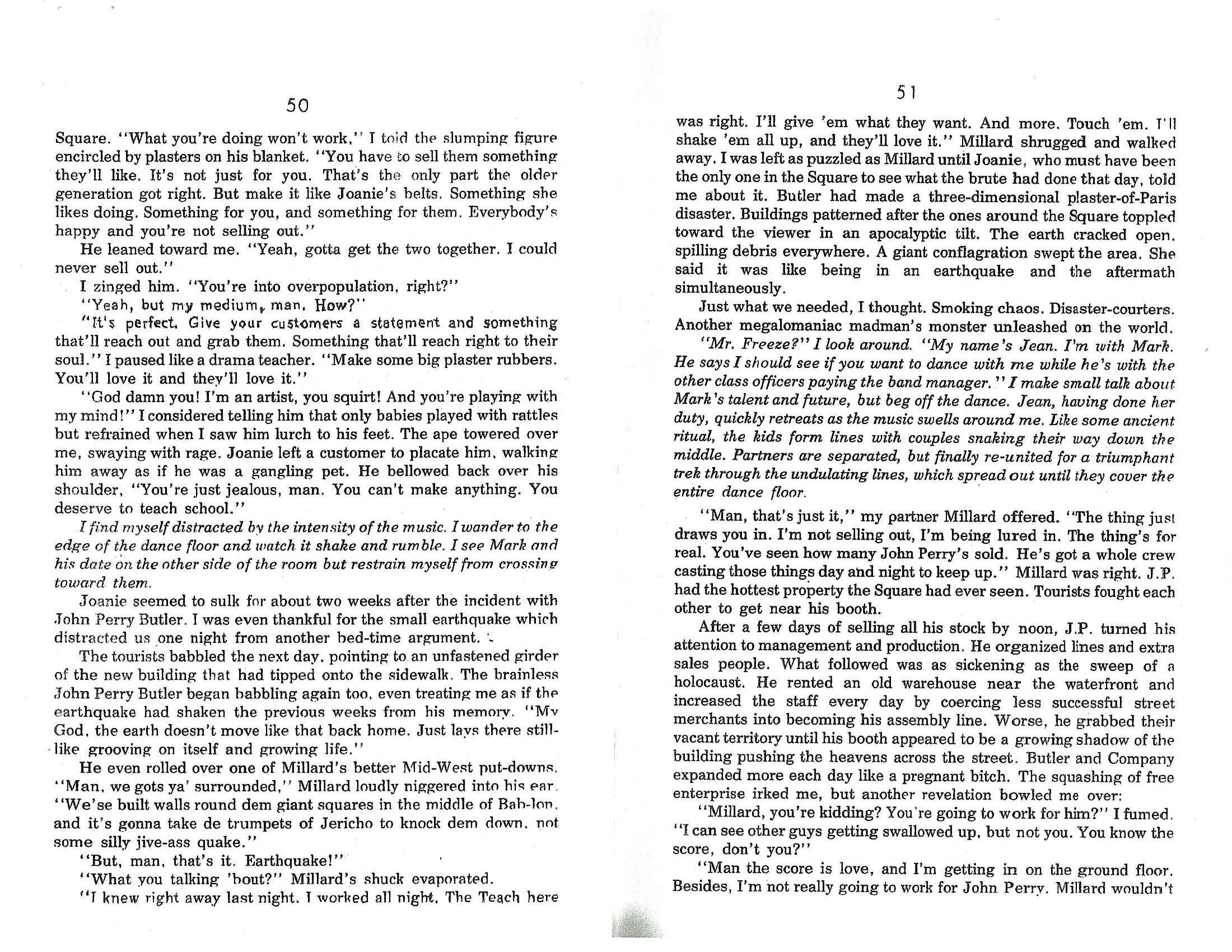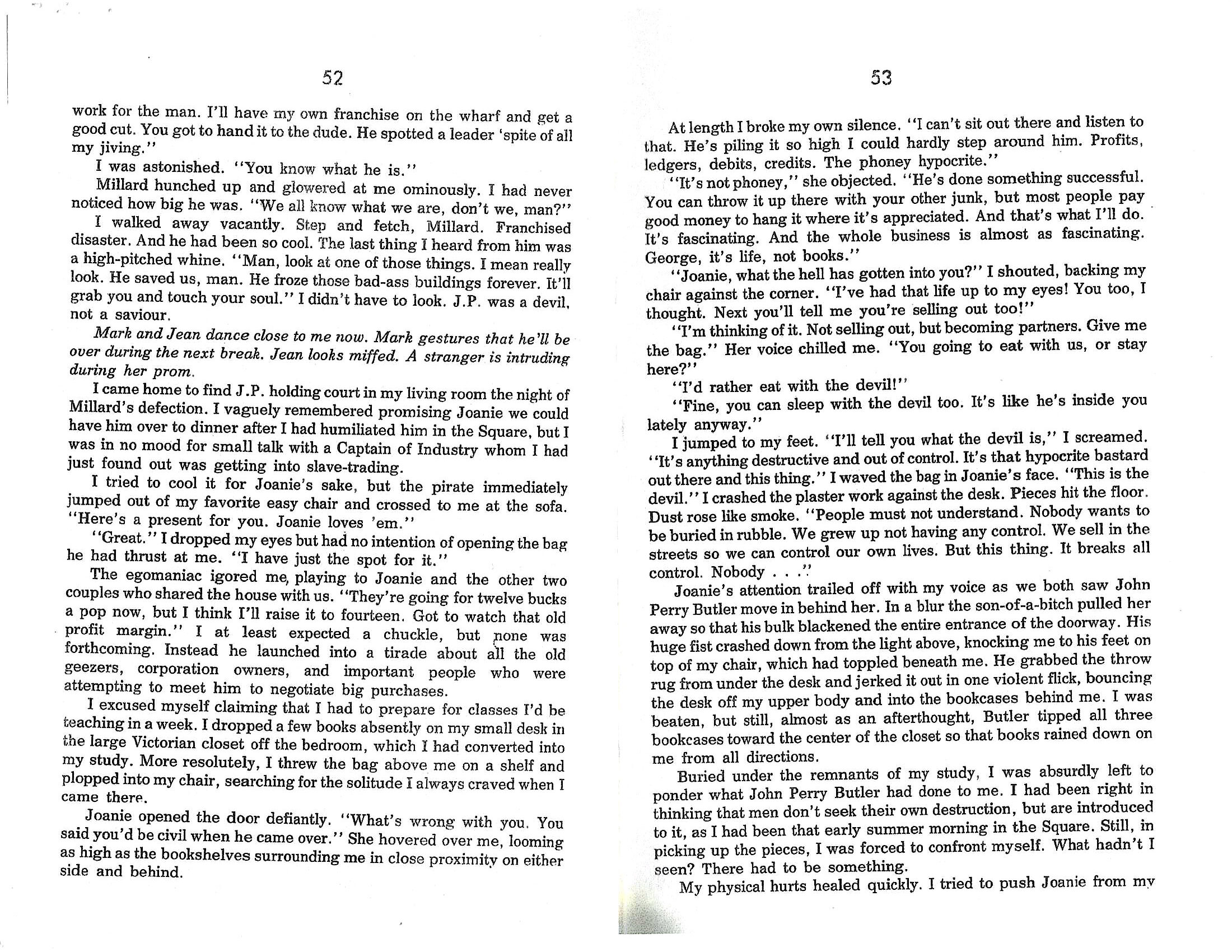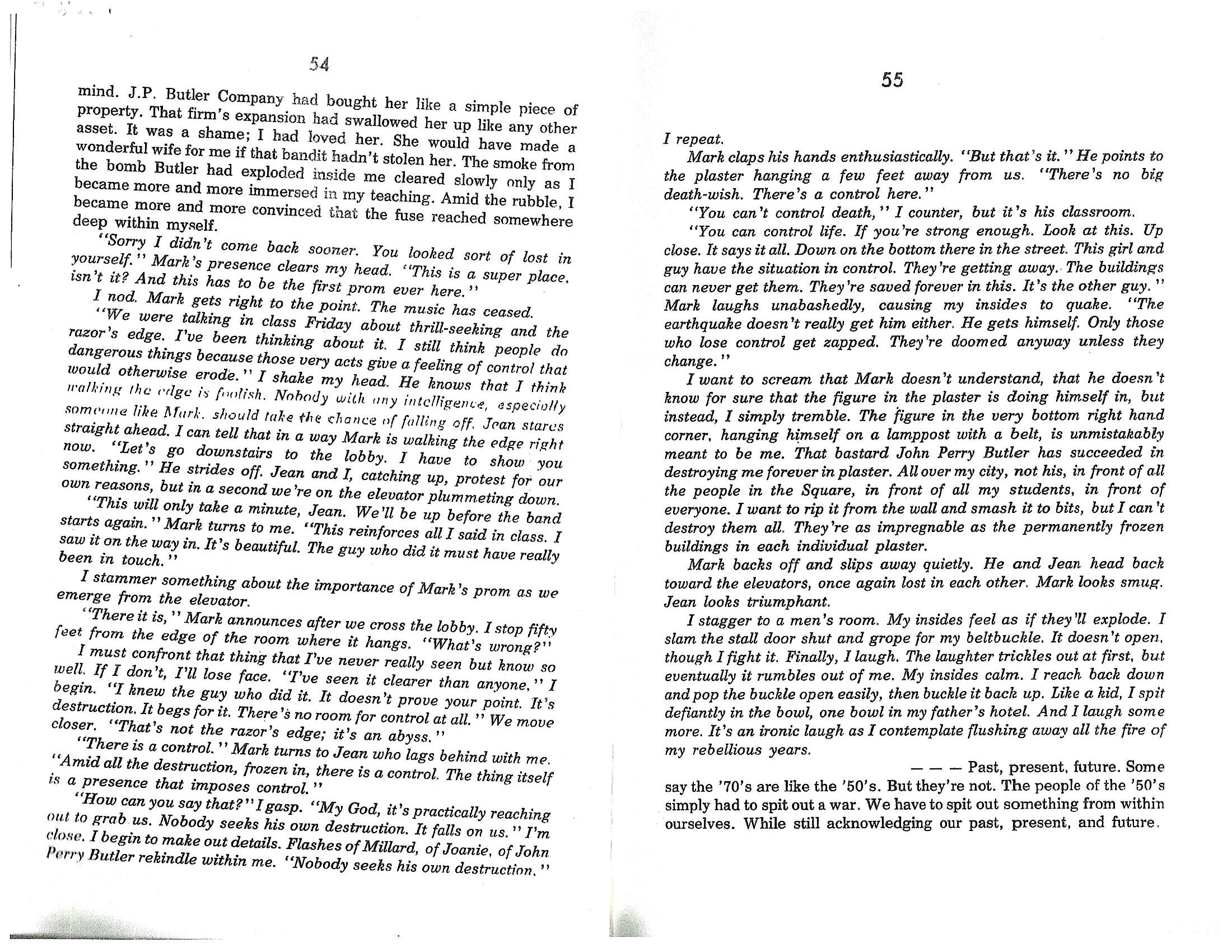[Images for print only publications // Link for one other provided — — Also, see “Street Merchant,” a story published in the ’70s, at the very bottom]
No Hard Feelings
Sequoia Speaks — October, 2022
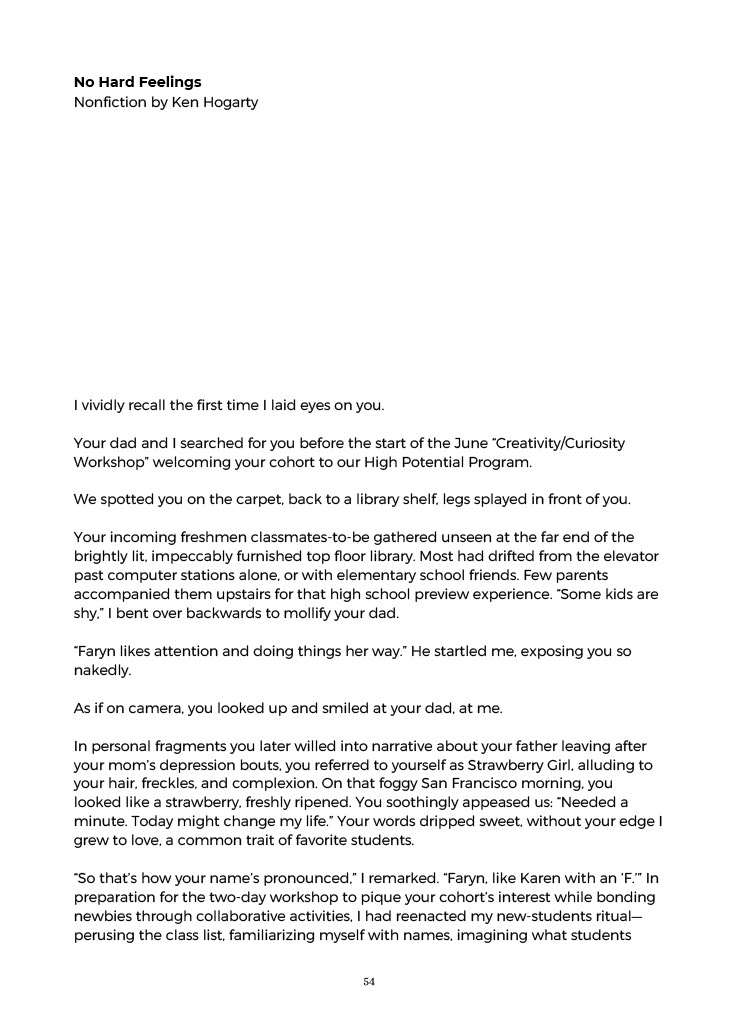





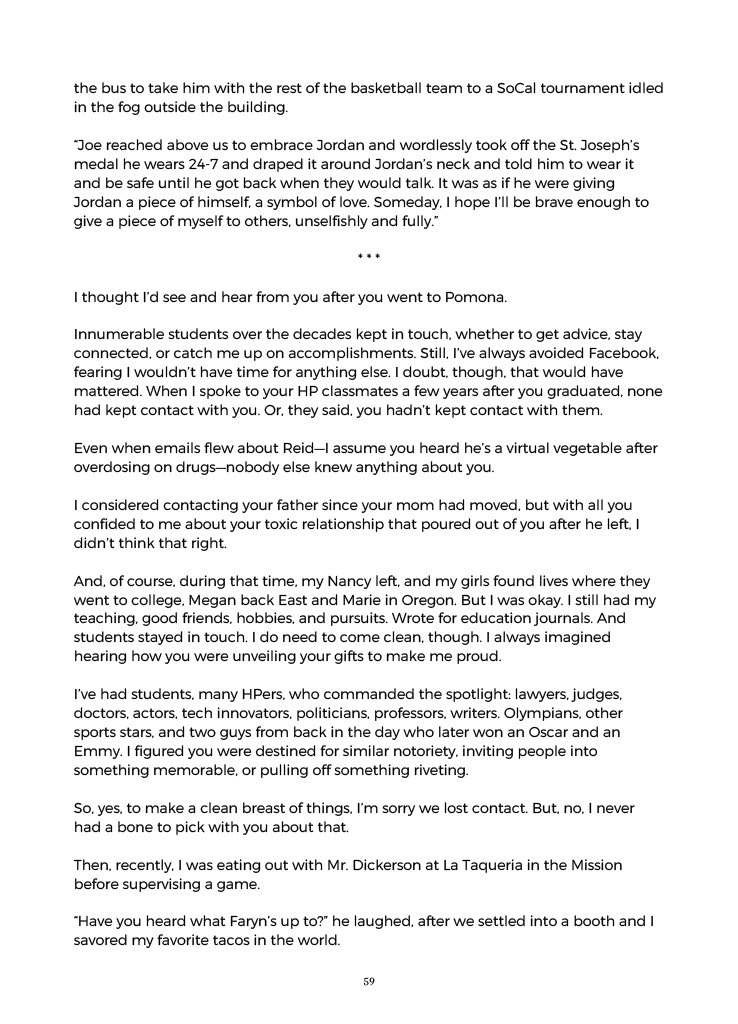

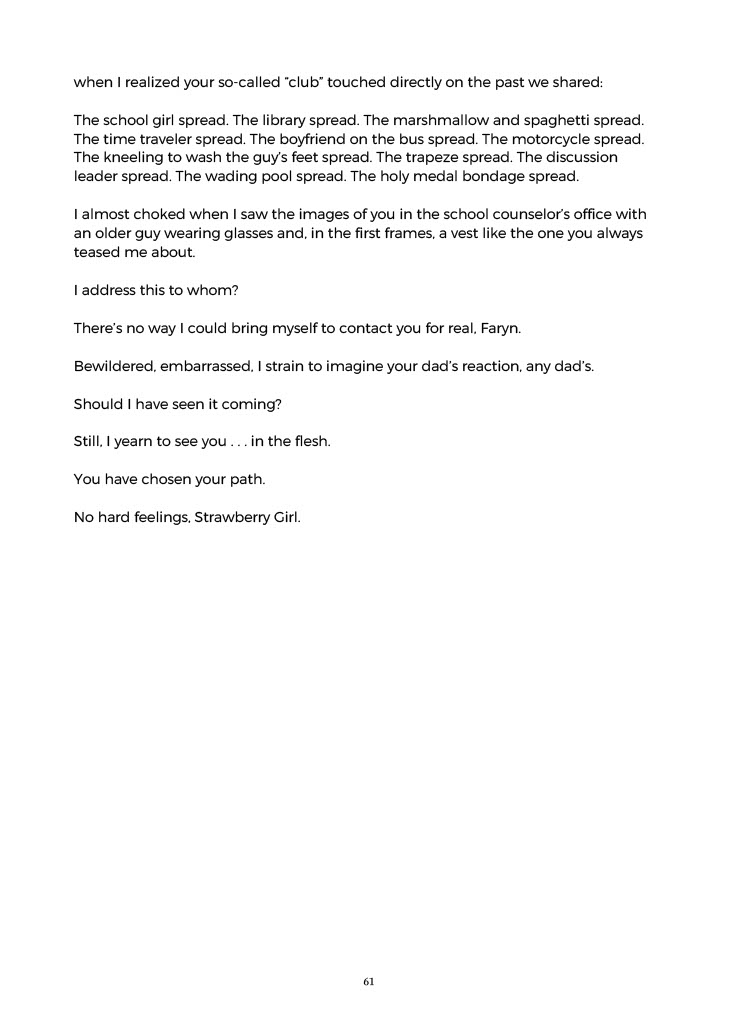
* * * *
“Rolling with a Teammate’s Coming Out Revelation” Sequoia Speaks – April, 2022
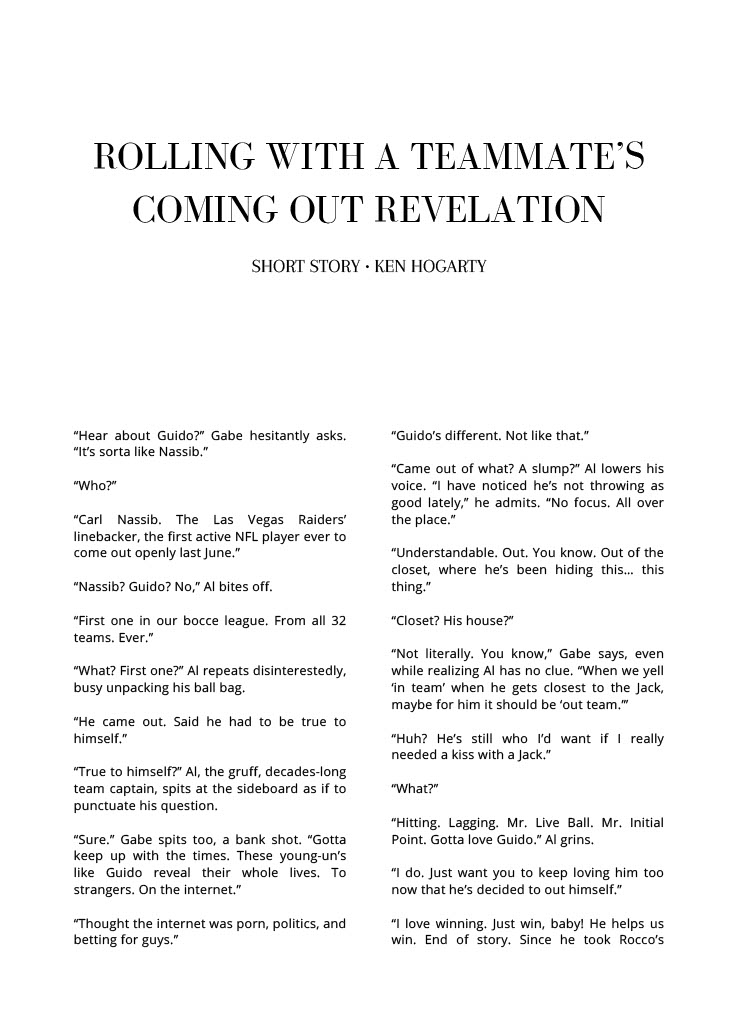

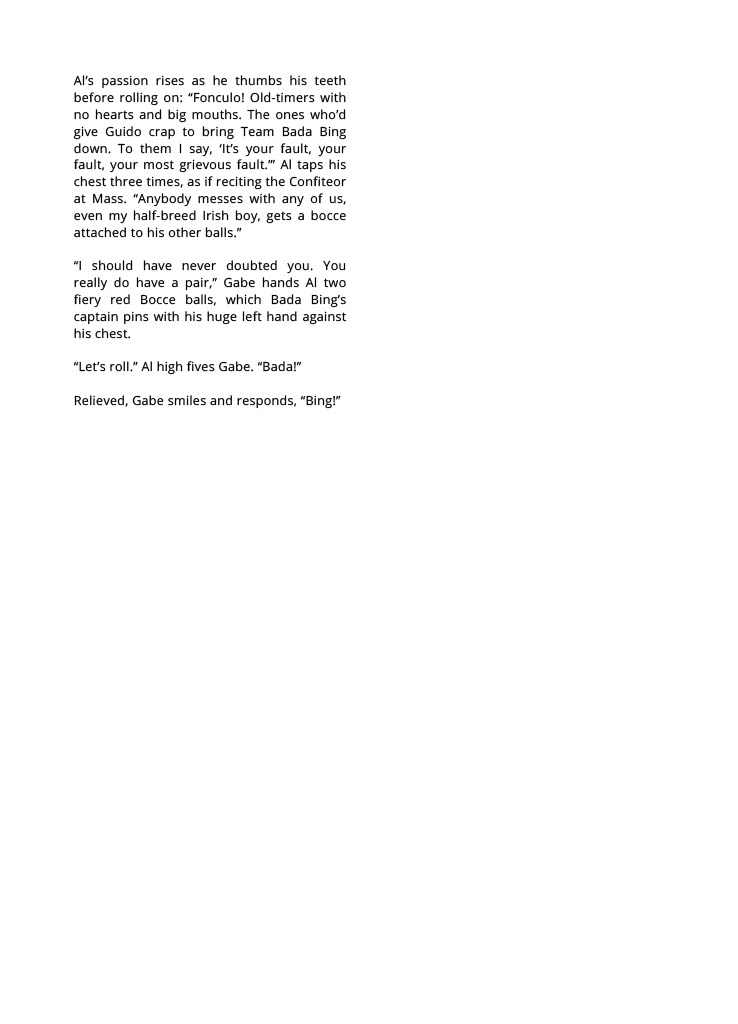
* * * *
“Both Perhaps Present in Time Future” — Purpled Nail – April, 2022
Click Here:
Both Perhaps Present in Time Future
A poignant tale, riffing off T.S. Eliot’s “Four Quartets,” about twins who share differing visions of life and death.
* * * *
Reprint: Sequoia Speaks – (Early) Winter, 2022
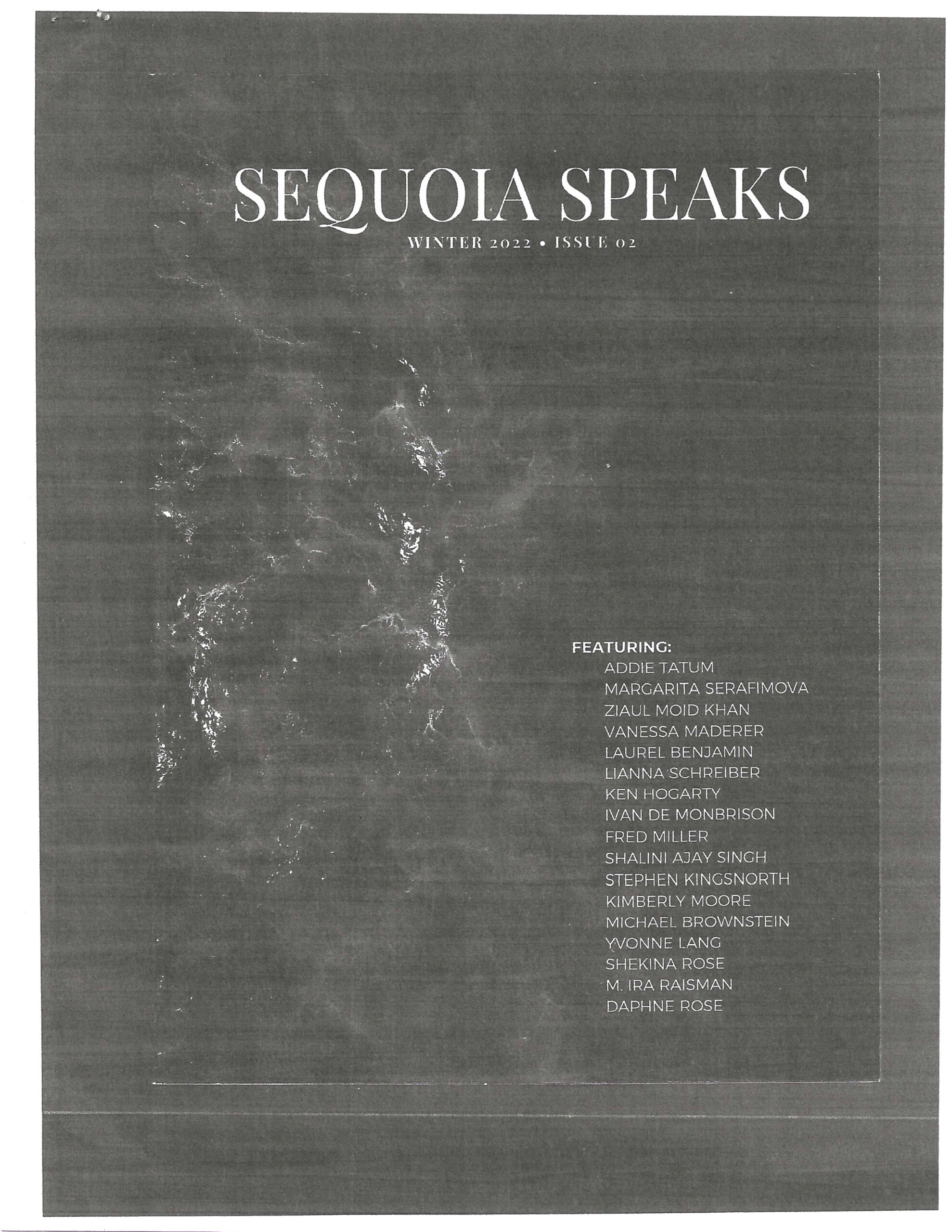

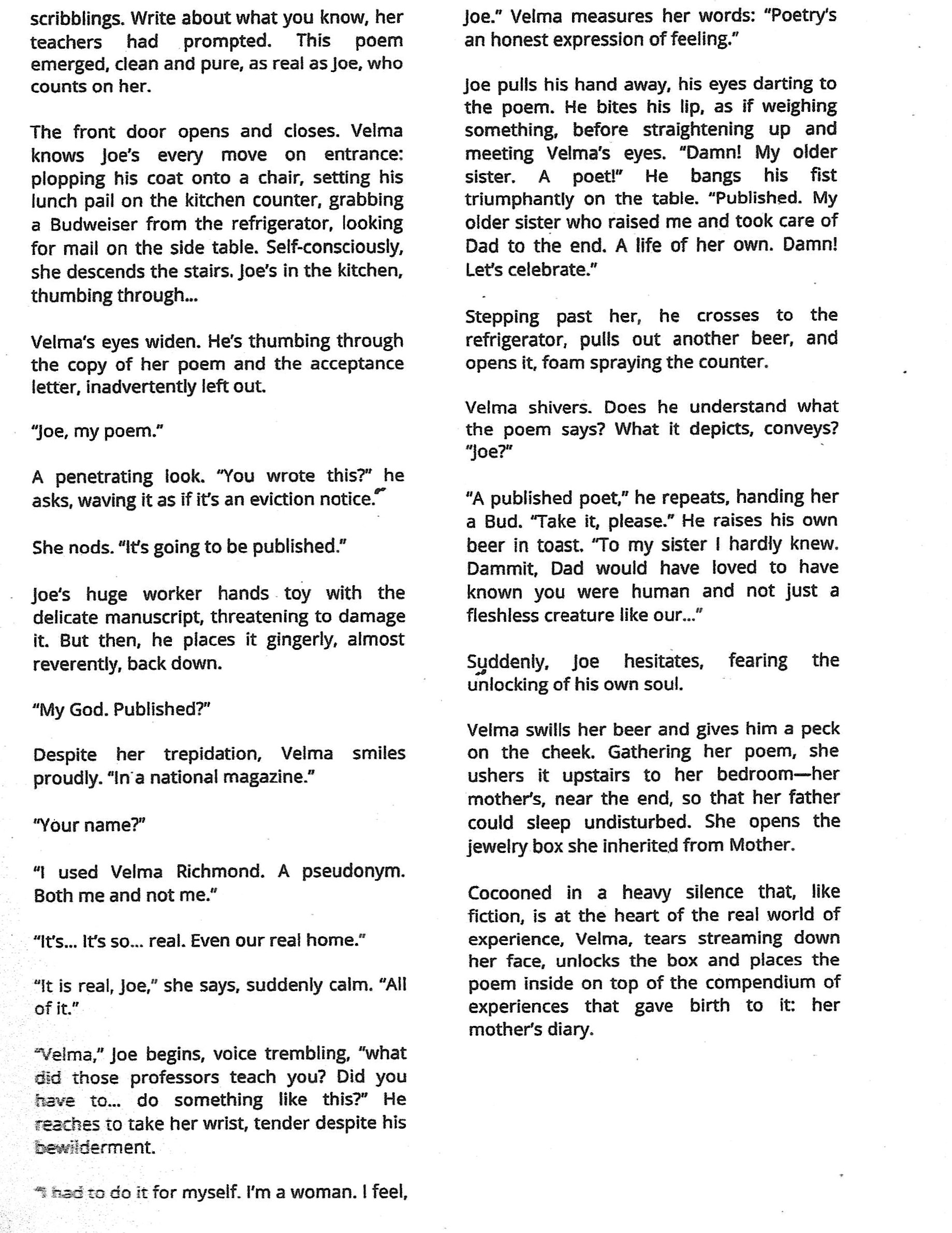
“Crying for Momma”
Sequoia Speaks -January, 2022
* * * *
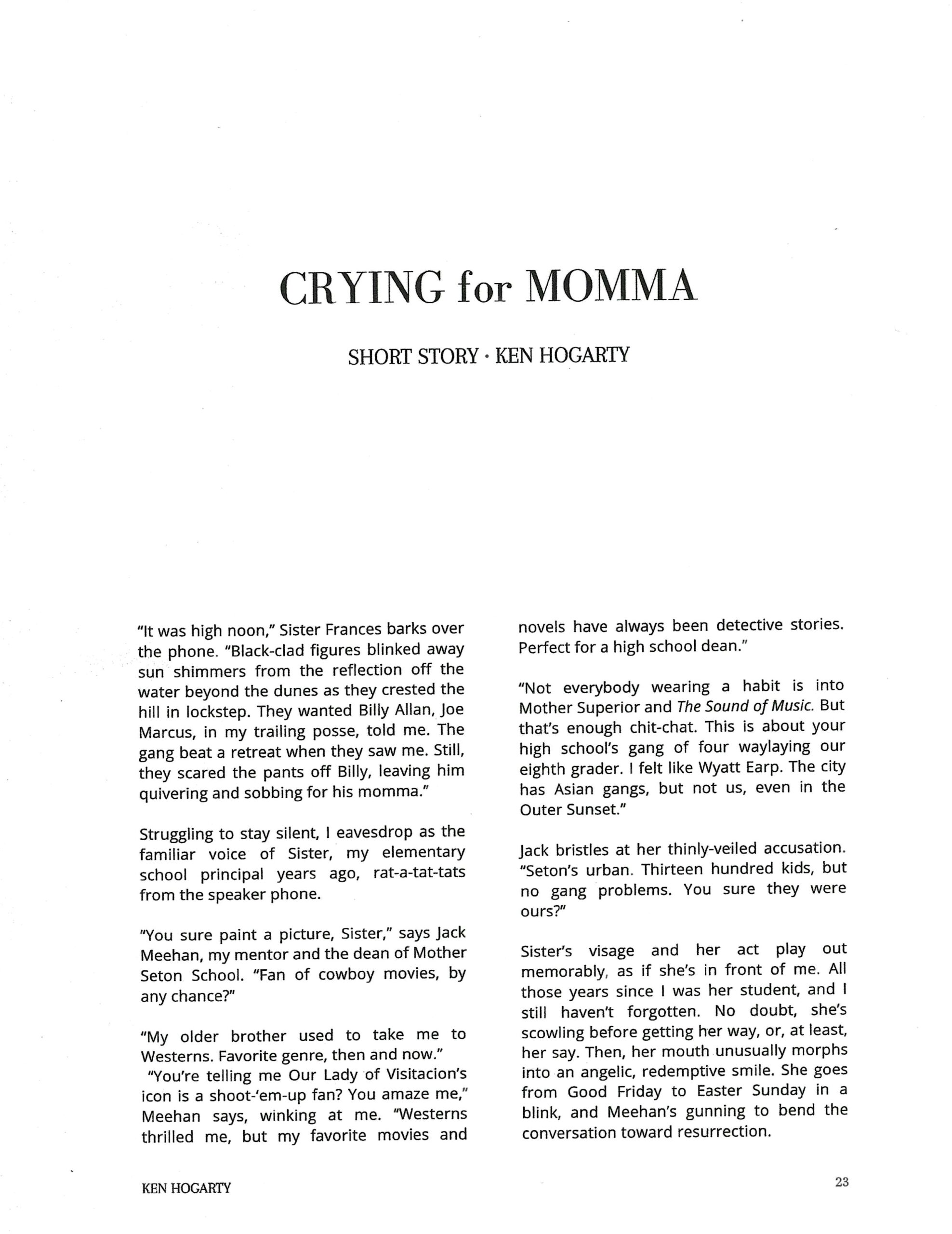


Sequoia Speaks – Autumn, 2021

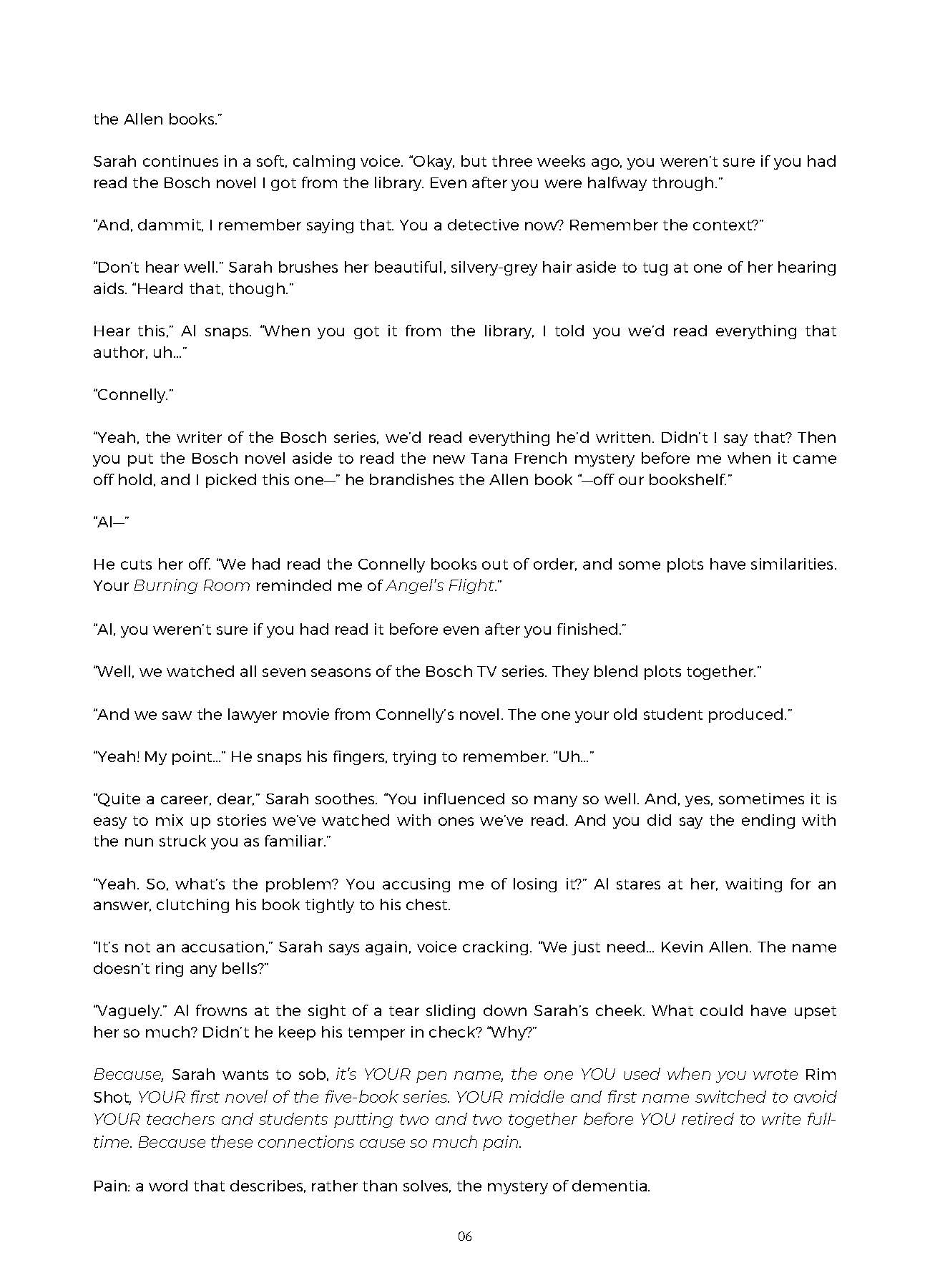
* * * *
CULTURE DESK
Reader fiction: Throughline inspires short fiction by Bay Area residents
By Ken Hogarty Sep. 6, 2020
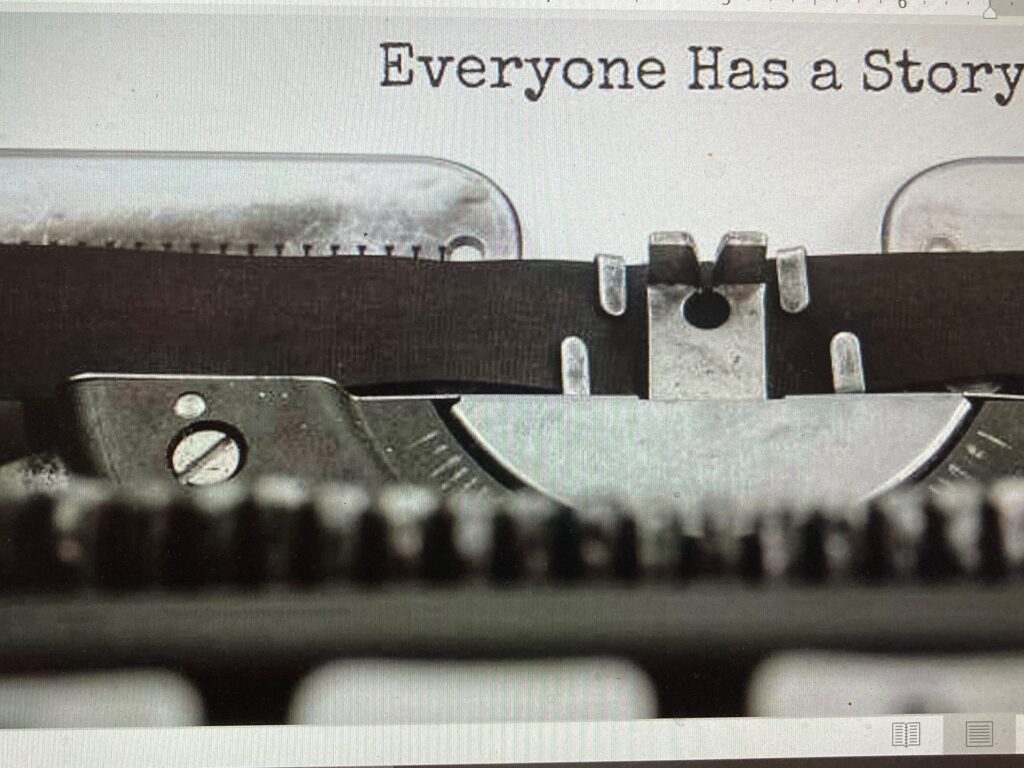
“Everyone has a story,” including our readers. Every week the Throughline ran a piece of short fiction by a Bay Area writer. Two readers sent us their own short fiction pieces.
Photo: Getty Images / Getty Images
Every week the Throughline ran a piece of short fiction by a Bay Area writer. It wasn’t just a way to showcase some of our region’s literary talent as they forecast various visions of our future. We wanted to include fiction as a way to explore some aspects of living during, and through, a pandemic in a way that journalism just couldn’t.
Fiction doesn’t just entertain us. When done well it allows us to see the unseen, to imagine the impossible. Our Throughline writers helped us to further understand the surreality of
They also inspired us. Some, in more ways than others.
“VIRTUAL HOST” S.F. Chronicle – Sept. 6, 2020
By Ken Hogarty
“Better than actual bars,” exclaims Shirley Medina about her experience, orchestrated online by 2022’s award-winning tech site, VIRTUAL HOST. Only food and drinks, delivered through a participating local restaurant for those opting for that extra, weren’t online. “I didn’t have to worry about driving after drinking and didn’t feel threatened if some bozo hit on me,” Medina enthuses. “I was in complete control, and yet free to let go.”
VIRTUAL HOST offers a variety of online experiences, running the gamut from staid trivia games to bar nights, local or random. You can opt for sundry drinking venues, from posh country club to dive bar, from singles bar to neighborhood tavern, from Tahoe marina to SoMa club. Other popular VIRTUAL HOST revelries include bachelor/bachelorette parties, reunions, showers, book club discussions and special-event parties (e.g., birthday, anniversary, graduation, engagement or masquerade — with or without masks). The company also advertises and orchestrates New Year’s, St. Patty’s Day, El Cinco de Mayo, Pride Day, Halloween, Independence Day and Super Bowl parties.
“We started VIRTUAL HOST back in March, 2020, when the COVID-19 shelter-in-place hit. We’ve expanded so much in the two years since,” marvels Connor Ryan, who with his life and business partner, Juliana Wilson, thought they were “making a few extra bucks until things calmed down. We ramped up more during the second and third wave, but thought we’d be out of business with the vaccination.”
Chuckling, Wilson continues, “We assumed that would end our business venture, but we discovered, clearly as others had, that some people preferred social distancing.” Ryan sheepishly offers, “And people can attend from everywhere without inconvenience. Actually, we don’t call it social distancing. We call it physical distancing because our experiences are totally social.”
Ken Hogarty, who lives in the East Bay with wife Sally, enjoyed a 46-year career as an English teacher/principal at the city’s Sacred Heart Cathedral Preparatory. Since, he has had two short stories and numerous satirical pieces (emulating Chronicle icon Art Hoppe) published. Local literary journal Underwood just published his growing-up-in-S.F. memoir, “The Mayor, Mickey Rickey, and the Mole People.”
“No Worries” Woman’s Way – March 15, 2018

* * * *
“Pseudonym” —
Original: Woman’s Way (Ireland) – Nov. 1, 2017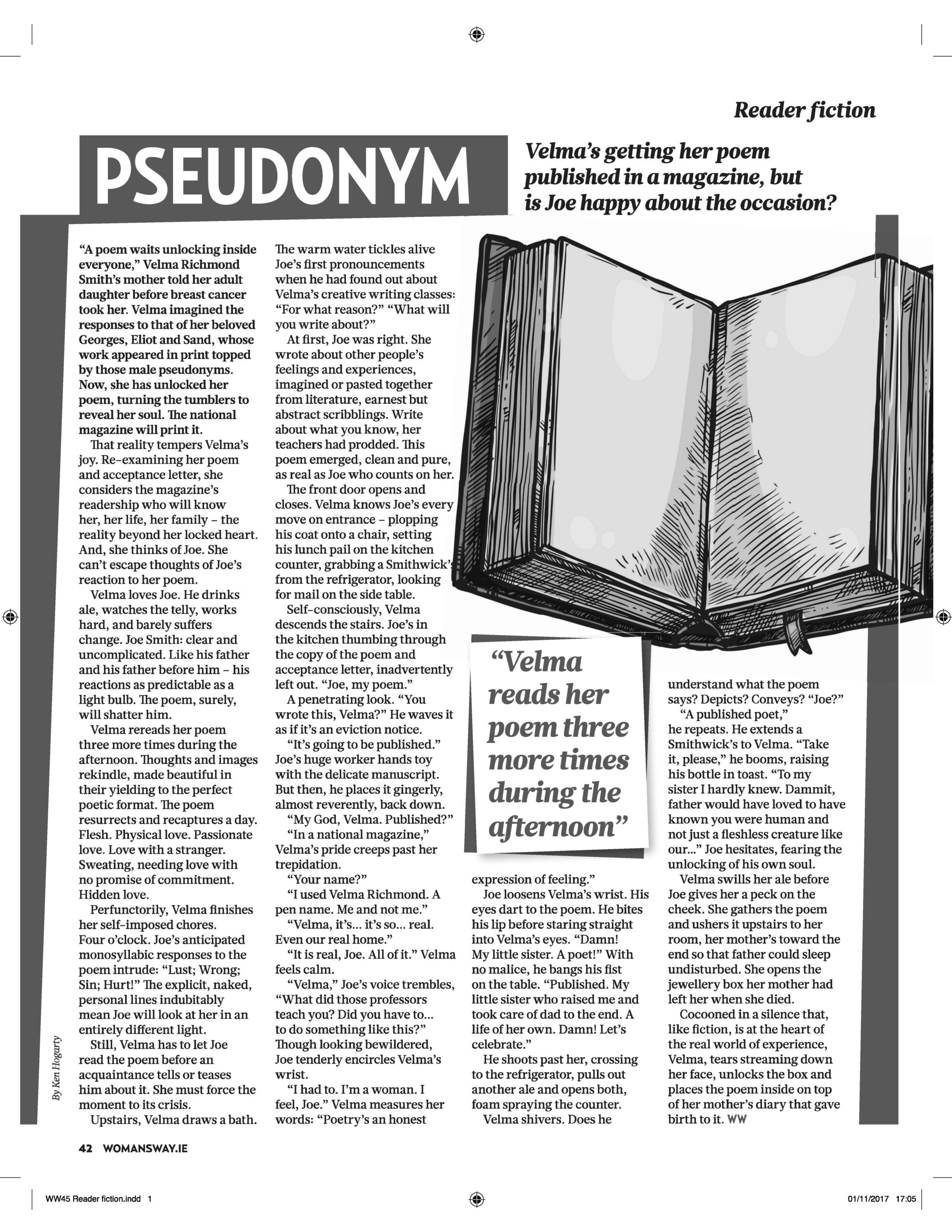
“Street Merchant” Samisdat – 1978 Vol. XVII, #2
Might edit and tweak this. Ironic that it looks back on the ’60s from the ’70s. Maybe the 2020s would provide a more interesting perspective.
Blessedly ignorant, I sent this story to the Atlantic Monthly, with no clue as to the prestige of the publication. When I hadn’t heard back from, them and figuring that meant it had been rejected, I made the contact that led to publication in this journal, edited in Berkeley.
Ten months after I had sent “Street Merchant” to the Atlantic, and after Samisdat published it, I received a rejection letter from the national publication — the only other place I had sent it — which praised the story highly, saying it had been considered for publication all that time and just missed the final go-ahead. I wonder how things might have been different if it had been published nationally then. Instead, I did have numerous educational essays, articles, and teaching simulations (which paid royalties for years) published during a 46 year career in education,
Ironically, one of the first things that motivated me to write for publication after retiring as a teacher/principal, was a reprinted essay by Merritt Clifton, the editor of Samisdat. His essay about baseball (from 1979) was reprinted online (Where the Twain Shall Meet” – July 26, 2015″) by John Thorn, Major League Baseball’s official historian, famous for advising Ken Burns on this masterful baseball series. In his essay reprinted from a 1979 article that Thorn loved, Clifton (from memory of my telling him about my MA thesis introduction) wrote the following:
Ken Hogarty may have pinpointed the key difference between baseball and most other sports in his unpublished MA thesis at then Cal State, Hayward on “Baseball as Metaphor” (1977). According to Hogarty, the primary conflict in baseball is individual versus society, whereas the primary conflict in most other sports is nation versus nation. The model for most other sports is war, Hogarty observed, with the individual subordinate to the group, while baseball he compared to the classical western. The lone cowboy-outlaw, the batter, rides into town to confront a hostile posse of nine. Usually, society triumphs and the anarchic cowboy is buried in his dugout, the symbolic Boot Hill. Sometimes, however, the cowboy-outlaw shoots his way into the bank, first base. Sometimes his gang then shoots him back out of trouble with a succession of hits that finally bring him home. Once in a while, a particularly valiant cowboy shoots his own way clear through town with a home run. The umpires, in Hogarty’s view, represent God rather than human authority. Dressed in their dark suits, they arbitrate justice.
Hogarty’s model clearly explains why baseball should have appealed to U.S. immigrants. Often as not, they came to America in rebellion against authority back home. Many had themselves been outlaws, of one sort or another. They could identify with the ambitious batsman/gunslinger who takes ’em all on. And, as they gradually gained property and responsibilities, they could identify with the home-team defense, too..
Merritt was wrong only in that the MA thesis was published. The thesis introduction, positing that baseball, for better or worse, reenacts America’s frontier experience, became the essay which appears on this site (Essays) called “Baseball and Tech: A Lost Frontier,” originally published by Sport Literate and reprinted by Cobalt as one of its 2021 semi-finalists for baseball writing. Small world.
